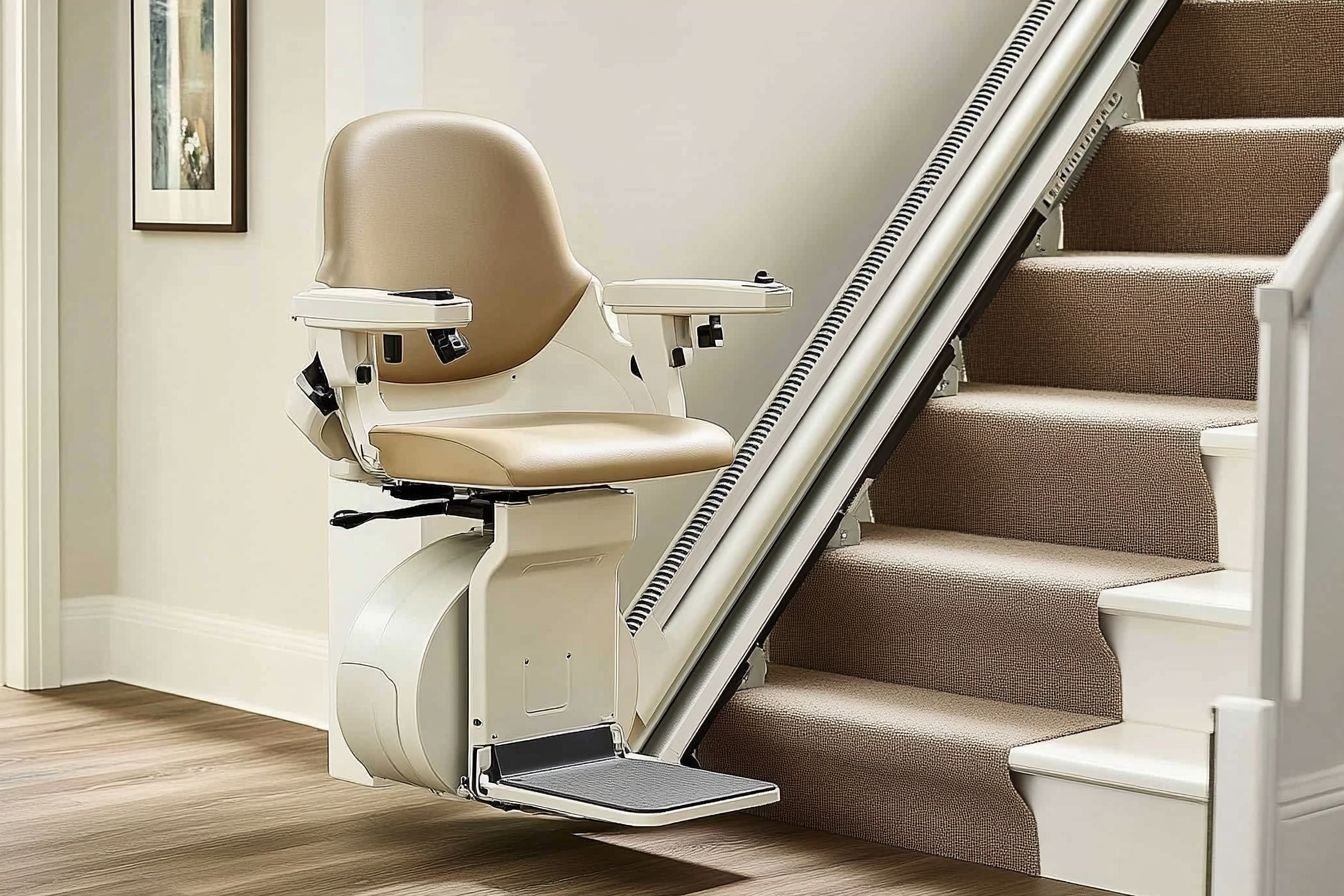Am I Eligible for a Government Bathroom Upgrade?
Government funding for bathroom upgrades in the UK offers vital support, especially for low-income and vulnerable households. With schemes aimed at improving energy efficiency and accessibility, financial assistance is set to expand by 2025. Eligibility criteria, local authority grants, and eco-friendly options contribute towards sustainable remodels, enhancing home safety and modernity for diverse residents.

The bathroom is one of the most essential rooms in any home, yet for many people with mobility issues or disabilities, it can become a challenging and potentially dangerous environment. Recognizing this, the UK government offers various schemes to help eligible individuals upgrade their bathrooms to make them safer and more accessible. These programs aim to support independent living and improve quality of life for vulnerable citizens. However, navigating the eligibility criteria and application processes can be complex, leaving many wondering if they qualify for assistance.
Understanding Government Funding for Bathroom Upgrades in the UK
Government funding for bathroom upgrades primarily comes through several established schemes. The most significant is the Disabled Facilities Grant (DFG), which is available across the UK and administered by local authorities. This grant can provide up to £30,000 in England (£36,000 in Wales and varying amounts in Scotland and Northern Ireland) to make essential adaptations to your home, including bathroom modifications. The funding can cover various improvements such as installing level-access showers, grab rails, accessible toilets, and other adaptations that make the bathroom safer and more accessible.
Additionally, some local councils offer their own discretionary assistance schemes that may help with bathroom adaptations not covered by the DFG or for those who might not fully meet DFG criteria but still require support. These schemes vary significantly by location, so it’s important to check what’s available in your specific area.
Eligibility Criteria for Government-Funded Bathroom Upgrades
Eligibility for bathroom upgrade assistance primarily depends on your health needs rather than financial circumstances, although means testing is part of the process for most schemes. To qualify for a DFG, you or someone living in your property must have a disability that requires home adaptations. The modifications must be deemed necessary and appropriate to meet your needs, and the work must be reasonable and practical depending on the age and condition of your property.
For most applicants, a means test will assess household income and savings to determine if you need to contribute toward the cost. However, there are exceptions to means testing – applications for children under 18 with disabilities are not means-tested, and some local authorities have introduced their own policies to streamline certain types of applications.
The assessment process typically involves an occupational therapist visiting your home to evaluate your needs and recommend appropriate adaptations. Their professional assessment forms a crucial part of the application and helps determine what modifications would be most beneficial.
Financial Assistance through Local Authorities
Local authorities play a central role in administering bathroom upgrade assistance. Beyond the DFG, councils may offer additional support through their own housing assistance policies. These can include grants, loans, or other forms of assistance for home improvements, including bathroom adaptations.
Some councils provide fast-track processes for smaller adaptations (typically under £1,000) such as grab rails or raised toilet seats. These minor adaptations might be provided without a full means test, making the process quicker and more straightforward.
For those who don’t qualify for a DFG but still need support, local authorities can provide valuable information about other available options, including charitable funds or affordable loan schemes. Many councils also offer handyperson services that can help with smaller bathroom modifications at reduced rates for eligible residents.
The Role of Home Improvement Agencies
Home Improvement Agencies (HIAs) are not-for-profit organizations that provide crucial support for vulnerable people seeking to adapt their homes. Also known as Care & Repair or Staying Put agencies, these organizations operate throughout the UK and can be invaluable when navigating the complex process of securing bathroom adaptation funding.
HIAs can help assess your needs, advise on potential solutions, assist with the application process for grants, recommend reliable contractors, and oversee work to ensure it meets the required standards. They often have experience working with both local authorities and health services, making them well-positioned to coordinate your bathroom adaptation project.
For those who may not qualify for government funding, HIAs can also advise on alternative funding options, including charitable grants, affordable loans, or equity release schemes that might help finance necessary bathroom modifications.
Utilising Eco-Friendly Options for Bathroom Remodels
While government funding primarily focuses on accessibility and safety, there’s increasing recognition of the importance of sustainability in home adaptations. Some funding schemes now consider eco-friendly bathroom options that can reduce water usage and energy consumption, providing long-term cost savings alongside accessibility benefits.
Water-efficient toilets, aerated shower heads, and thermostatic mixing valves can all reduce water consumption while maintaining functionality. Some local authorities offer additional grants or subsidies for energy-efficient improvements, which might be combined with accessibility adaptations to create a bathroom that’s both accessible and environmentally friendly.
When applying for bathroom adaptation funding, it’s worth discussing eco-friendly options with your occupational therapist or HIA advisor. While the primary focus will always be on meeting your accessibility needs, incorporating sustainable elements may provide additional benefits and potentially access to additional funding streams.
Cost Considerations and Funding Options
The cost of bathroom adaptations varies significantly depending on the extent of work required. Simple adaptations like grab rails might cost just a few hundred pounds, while a full wet room conversion could range from £5,000 to £10,000 or more depending on complexity and specifications.
| Adaptation Type | Typical Cost Range | Potential Funding Source |
|---|---|---|
| Grab Rails | £40-£100 per rail | Minor Adaptations Funding, DFG |
| Raised Toilet Seat | £20-£100 | Community Equipment Services |
| Level Access Shower | £3,500-£7,000 | DFG, Local Authority Grants |
| Full Wet Room | £5,000-£12,000 | DFG, Combined Funding Sources |
| Walk-in Bath | £2,000-£7,000 | DFG, Charitable Grants |
Prices, rates, or cost estimates mentioned in this article are based on the latest available information but may change over time. Independent research is advised before making financial decisions.
Beyond government funding, there are several other potential sources of financial assistance. Charities like Independence at Home, the Act Foundation, and Turn2us offer grants for home adaptations in certain circumstances. Some energy companies provide support through their obligations under the Energy Company Obligation (ECO) scheme, particularly if adaptations can improve energy efficiency alongside accessibility.
For those who own their homes but don’t qualify for sufficient grant funding, equity release schemes allow homeowners to access some of the value tied up in their property. However, these come with significant long-term financial implications and should only be considered after thorough financial advice.
Understanding your eligibility for government-funded bathroom upgrades requires research and often professional guidance. While the process can seem daunting, the support available can make a significant difference to independence and quality of life. The first step is always to contact your local authority’s social services department to arrange an assessment of your needs. From there, you can explore the specific funding options available in your area and begin the journey toward a safer, more accessible bathroom.




